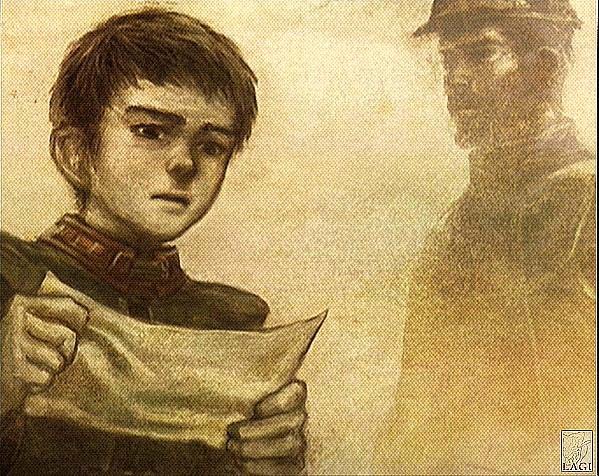My point about the Divine Visitor appears to have been misunderstood.
Consider these two statements:
- The Divine Visitor is the player or the Divine Visitor is a character with a history inside the Panzer Dragoon world
- The Divine Visitor is the player and the Divine Visitor is a character with a history inside the Panzer Dragoon world
The logical operator matters here. In his Divine Visitor Theory, @Geoffrey_Duke explored the idea that the Divine Visitor was a character with a backstory instead of the player, that we play as the Divine Visitor, an “altogether different entity that then occupied Edge”. This would fall under statement (1). The idea that the Divine Visitor was the player and not a character with a history inside the Panzer Dragoon world appears to be what the majority are saying here. That view also falls under statement (1).
I’m saying that statement (2) may be the case. Indeed, based on the in-game evidence, it appears most likely that the Divine Visitor has a history inside the Panzer Dragoon world. Of course the Divine Visitor is the player! I’m saying that the Divine Visitor is not merely the player.
The ancient records about the Divine Visitor were meant to literally be from the Ancient Age. But no Panzer Dragoon game takes place in the Ancient Age meaning that the Divine Visitor couldn’t have existed in the Ancient Age if he/she was only the player without a further backstory. So how would these records have come to be? This would make more sense if the Divine Visitor has a history beyond the scope of Panzer Dragoon Saga, appearing in multiple stages of the Panzer Dragoon world’s history.
I wonder how the Seekers came to believe that the dragon was the Divine Visitor? The belief in the Divine Visitor must have originated from somewhere, from a time before the player entered the Panzer Dragoon world.
I think the monitor shutting down at the end of Panzer Dragoon was meant to represent the Divine Visitor disconnecting from the Sestren network which the Divine Visitor had just shut down. The shutting down of Sestren disconnected the Divine Visitor from the Panzer Dragoon world. The Sestren network and everything in it was destroyed (“the Divine Visitor must destroy me”). Smilebit changed the original ending by making it so that the network and physical dragon somehow survived, but that’s not the interpretation I had when I originally played Saga (before Orta had been released).
I agree with @The_Ancient that the matter of fact tragedy of Panzer Dragoon Saga makes the story appealing. It doesn’t need to have a positive ending to have an impactful ending.
By the way, there is a scene when Edge considers that he may not survive, it takes place in a cut scene before Azel and Edge enter the final elevator in the Tower:
Edge: This is it…
Azel: Yes… But are you sure we should do this, Edge? …? Even I do not know… what horrors live in Sestren, or what surrounds its location… I don’t even know if it exists… Even if we get there, there is no guarantee that we can return. … It is you…that must make those choices. You can still go with the seekers…
Edge: And leave you behind?
Azel: …!?
Edge: You’re determined to go no matter what happens, right? Well, so am I.
Azel: …You are right. To do as Craymen wished was the sole purpose of my existence… But now, I want to do something of my own free will. For once in my life, I will decide my own fate.
Edge: …I see.
Azel: Thank you, Edge. …without you… Because of you, I came this far.
Edge: We did it together.


